Change management is an important adjunct to risk management as it can limit risk exposure.
Risk management (contingency planning) involves understanding and planning for any number of possible negative scenarios. Identifying potential risks early and then developing appropriate strategies can prevent or mitigate negative impacts.
The source of risk can be external or internal:
- external – anything outside your organisation’s influence like challenges, e.g., geo-political, industry, technological, socio-economic, etc.
- internal – anything inside your organisation like staff, work conditions, skill levels, business model, products and services, etc.
Two approaches to change management can help evaluate and handle risk:
- Tangible or analytical competencies – include techniques like Porter’s 5 forces, value chain, PESTLEC, SWOT, life-cycle, scenario planning, benchmarking, VUCA, and more.
- Intangible or people competencies – include the understanding of soft skills like behaviours, motivation & persuasion, emotional intelligence, neuroscience (how the brain works), evolutionary psychology, human instincts, resistance, cultural issues, communications, creativity, mindsets, biases, beliefs, values, co-designing, humans as social creatures, leadership, collaboration, alignment, etc.
Of these 2 approaches, the intangible is often neglected yet it is very important: research has indicated the people elements of change management contribute around 70% to the chance of success. However, only 3% of investment is typically put into the people side of change management, with the rest going into tangible areas (Prosci, 2022).
In business, awareness of the interplay of change and risk management is a vital advantage.
“…risk mitigation means getting on with it and not missing opportunities. In today’s world, not adapting fast enough is the greatest risk…” (John Kotter et al, 2021)
For more detail on this topic, try visiting the online knowledge base for organisational change management here: https://www.billsynnotandassociates.com.au/knowledge-base.html)

 Photo by
Photo by  Photo by janilson furtado on Unsplash
Photo by janilson furtado on Unsplash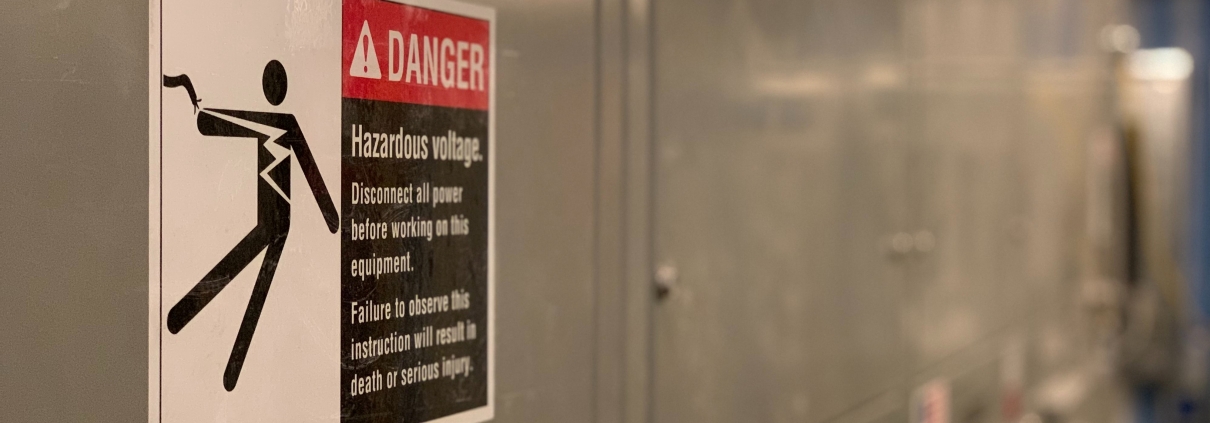 Photo by Troy Bridges on Unsplash
Photo by Troy Bridges on Unsplash Photo by Lubo Minar on Unsplash
Photo by Lubo Minar on Unsplash Photo by Mélissa Jeanty on Unsplash
Photo by Mélissa Jeanty on Unsplash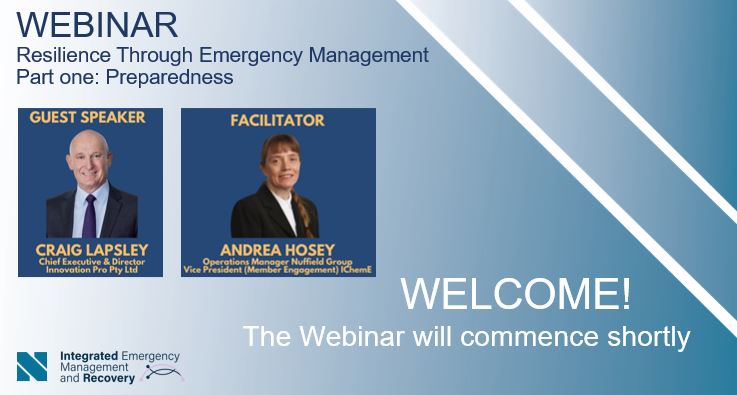
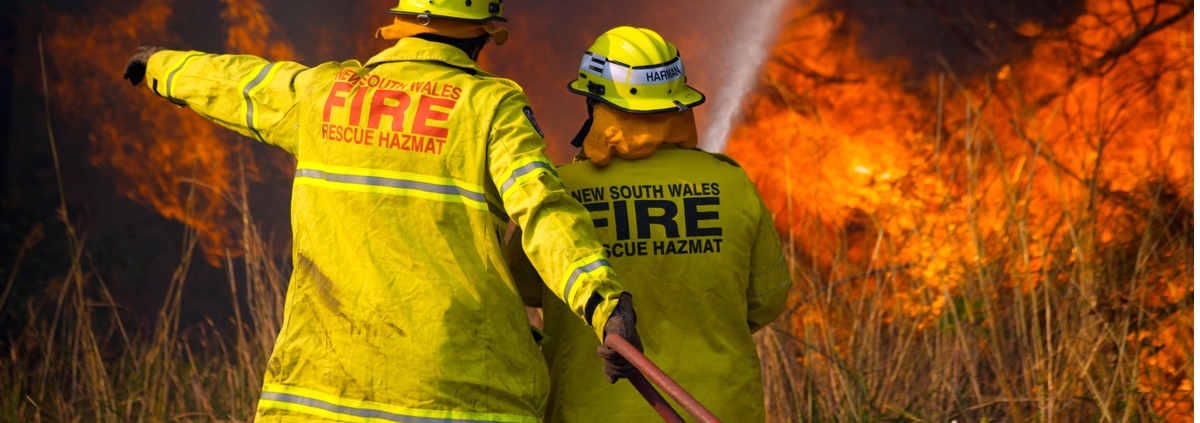
 Photo by Elisa Ventur on Unsplash
Photo by Elisa Ventur on Unsplash Photo by Josh Olalde on Unsplash
Photo by Josh Olalde on Unsplash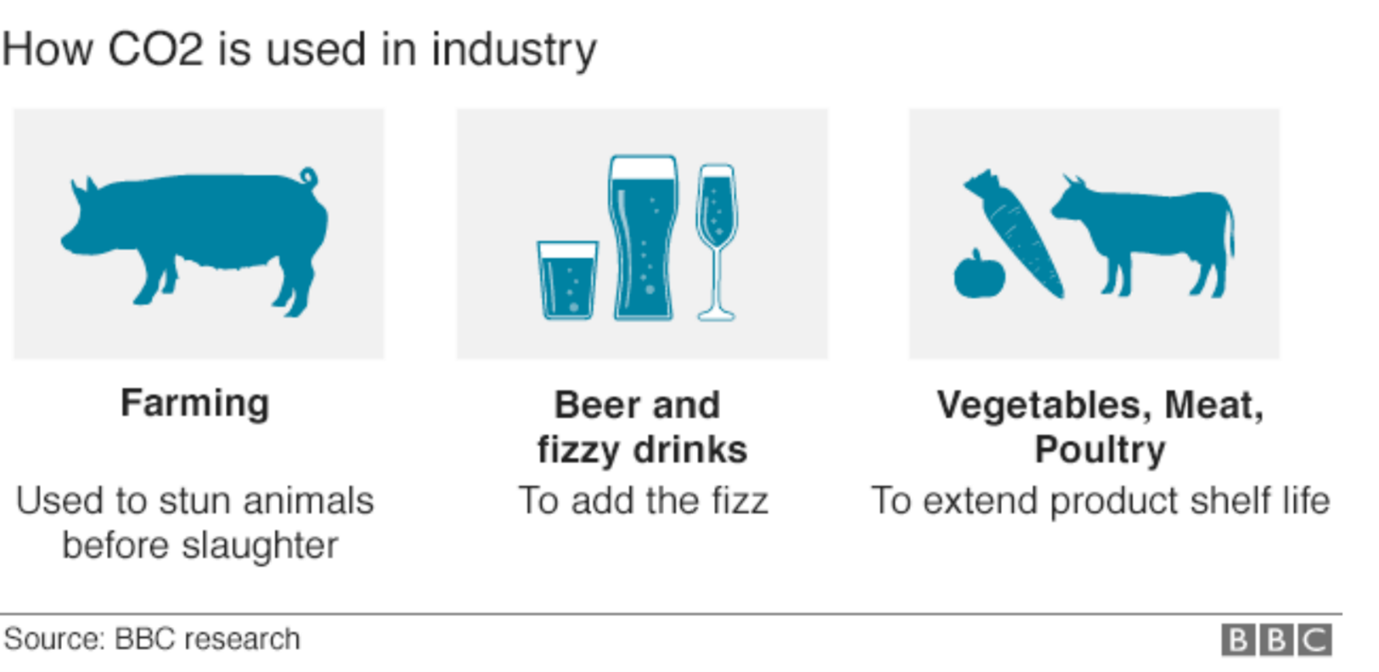
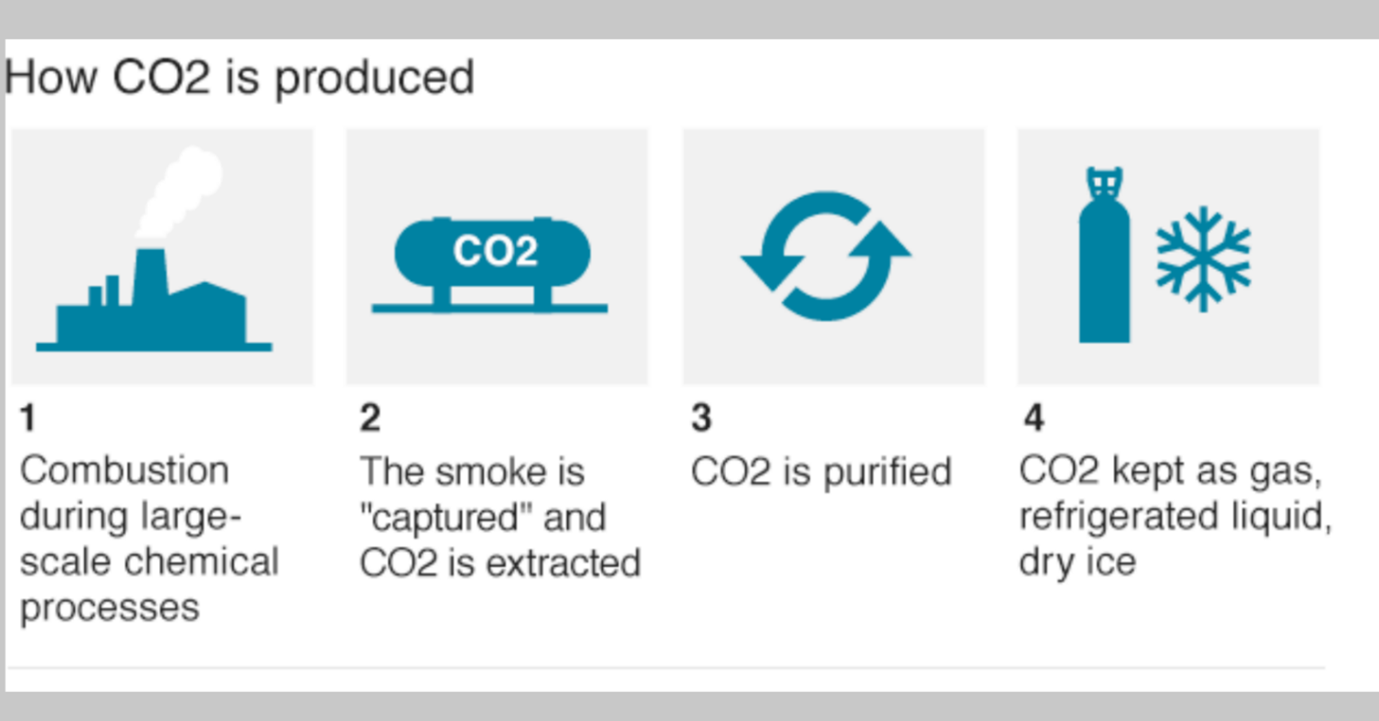
 camilo-jimenez-vGu08RYjO-s-unsplash
camilo-jimenez-vGu08RYjO-s-unsplash